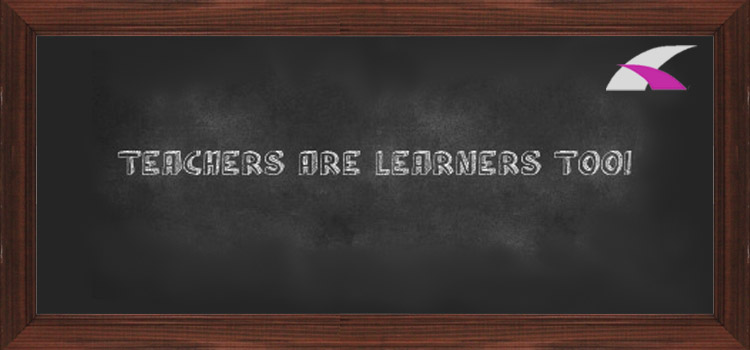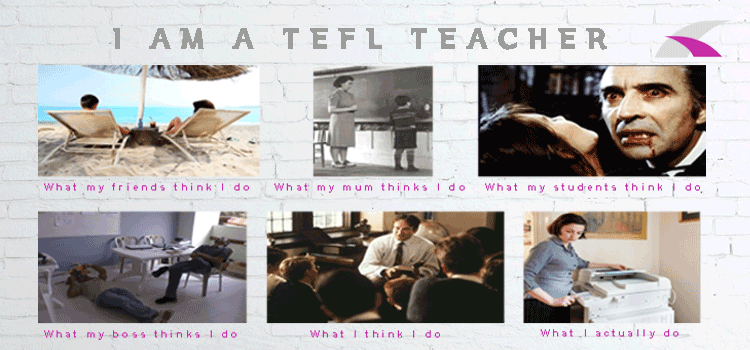https://youtu.be/6spWj7Ol3x0
As we can see, then, context clues are hints (be it directly or indirectly) that students can use to understand a word, phrase or idea based on the context the new target language is found in. In other words, it is about seeing the bigger picture.
Note that even though context clues originate from reading comprehension exercises, we could also use context clues when teaching new target language in any input form – ranging from reading to oral explanations, to watching videos, looking at images or simply listening to people having a conversation. Now, let´s look at some of those context clues.
This is when the teacher uses a similar word to describe the new word:
• “The woman was sent to the penitentiary, or prison, for shoplifting.”
• “This is a story he doesn´t believe – a myth.”
Here the teacher presents a near opposite word:
• “Although Ana Botella is familiar to the Spanish community, she is unknown to the rest of the world.”
• “I am willing to work overtime, but Susan is reluctant.”
This context clue is where the meaning of the word is right in the middle of the explanation:
• “Our country's leader and highest politician, the president, has the job of making sure our country stays safe.”
• “The accused was unresponsive when he didn´t answer any of the police´s questions.”
Sometimes context clues could be given through illustrations or descriptions:
• “There are many forms of transportation, such as a bus, a car, or a train, that can get you to the zoo.”
• “Something in the basement has a putrid smell; the odour was terrible when we opened the door.”
Through comparisons & contrasts, the teacher shows how something is different from or similar to the new target language:
• “Jack is cocky; whereas, Mildred is modest.”
• “The sink was clogged, like a ball stuck in the vacuum cleaner.”
Though it is evident that some the lines are blurred between these context clues, the key here is not knowing the exact labels for these context clues, but rather to have developed a new set of skills of how to teach new target language to your students. Feel free to look at more examples
here if you wish to get a better feel for context clues or practice by looking at
context clues exercises. The following video clearly sums up what context clues are all about:
https://youtu.be/85QcLiXBm6A








